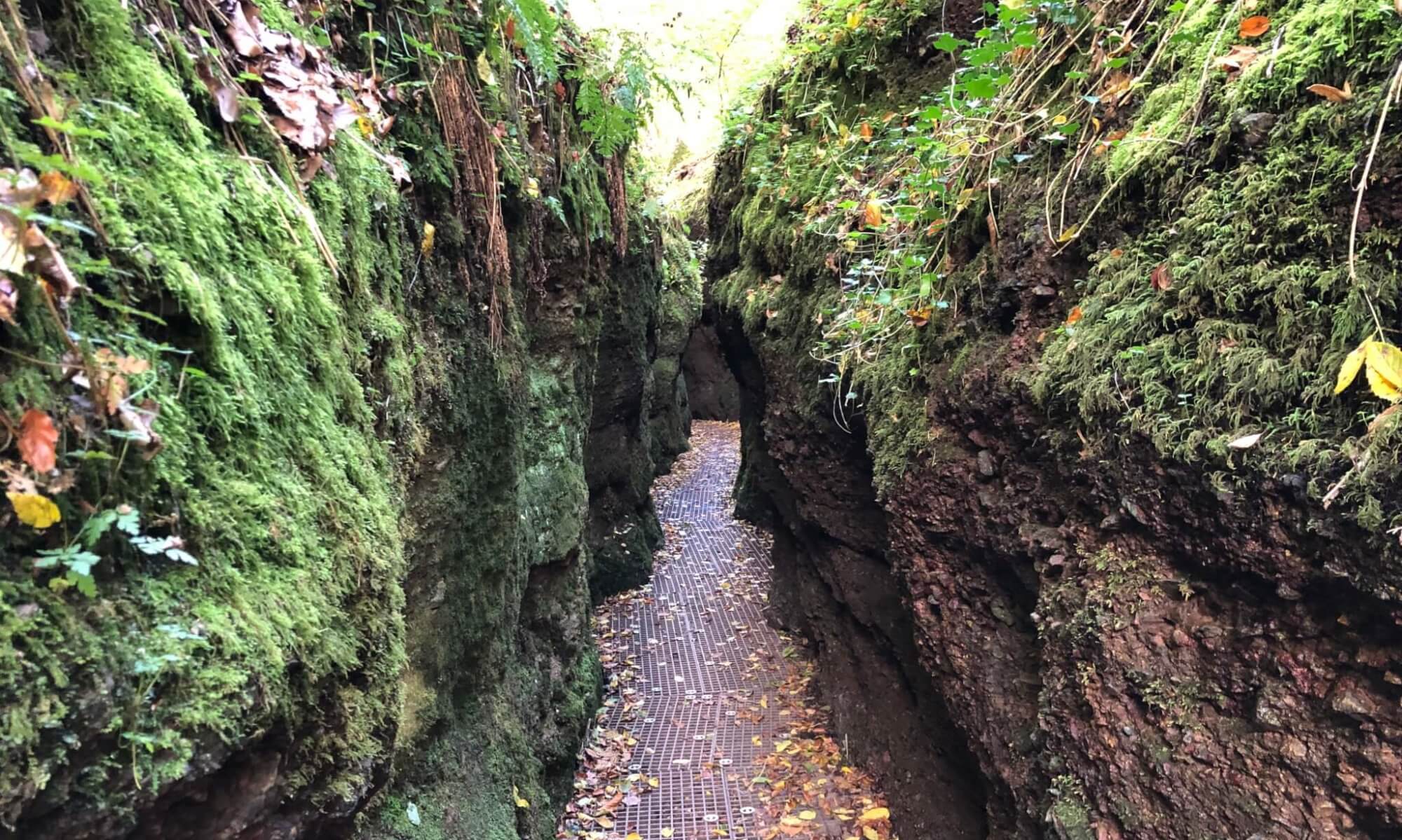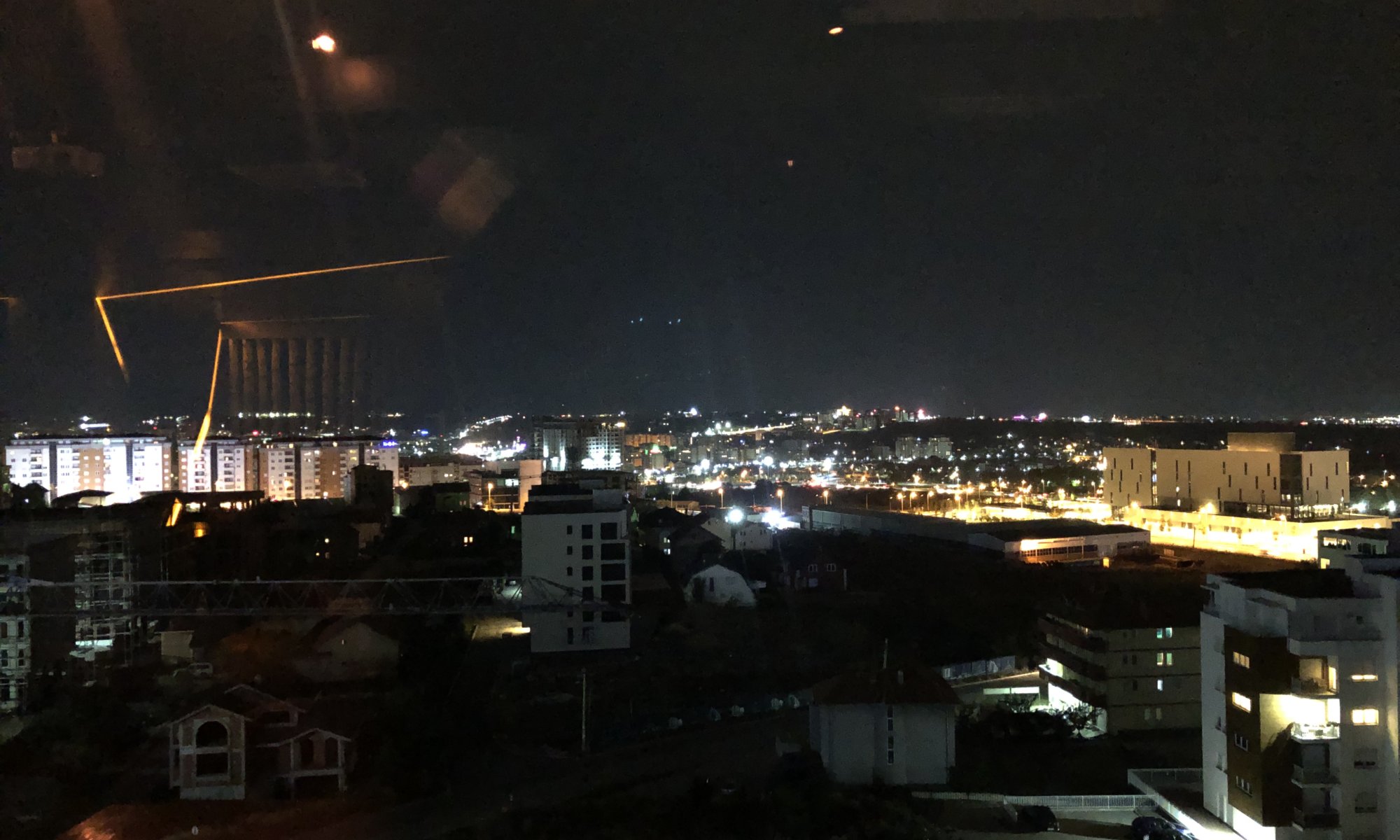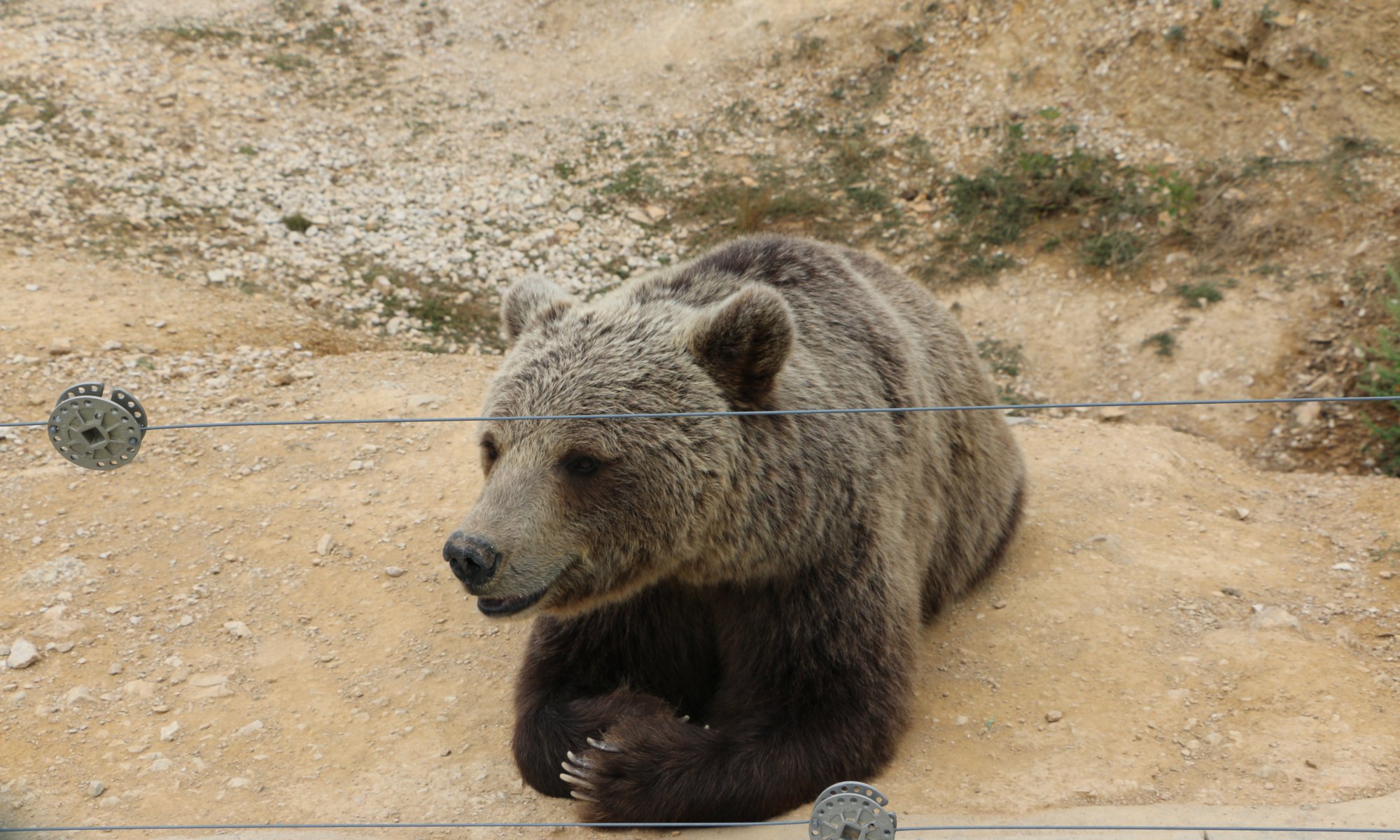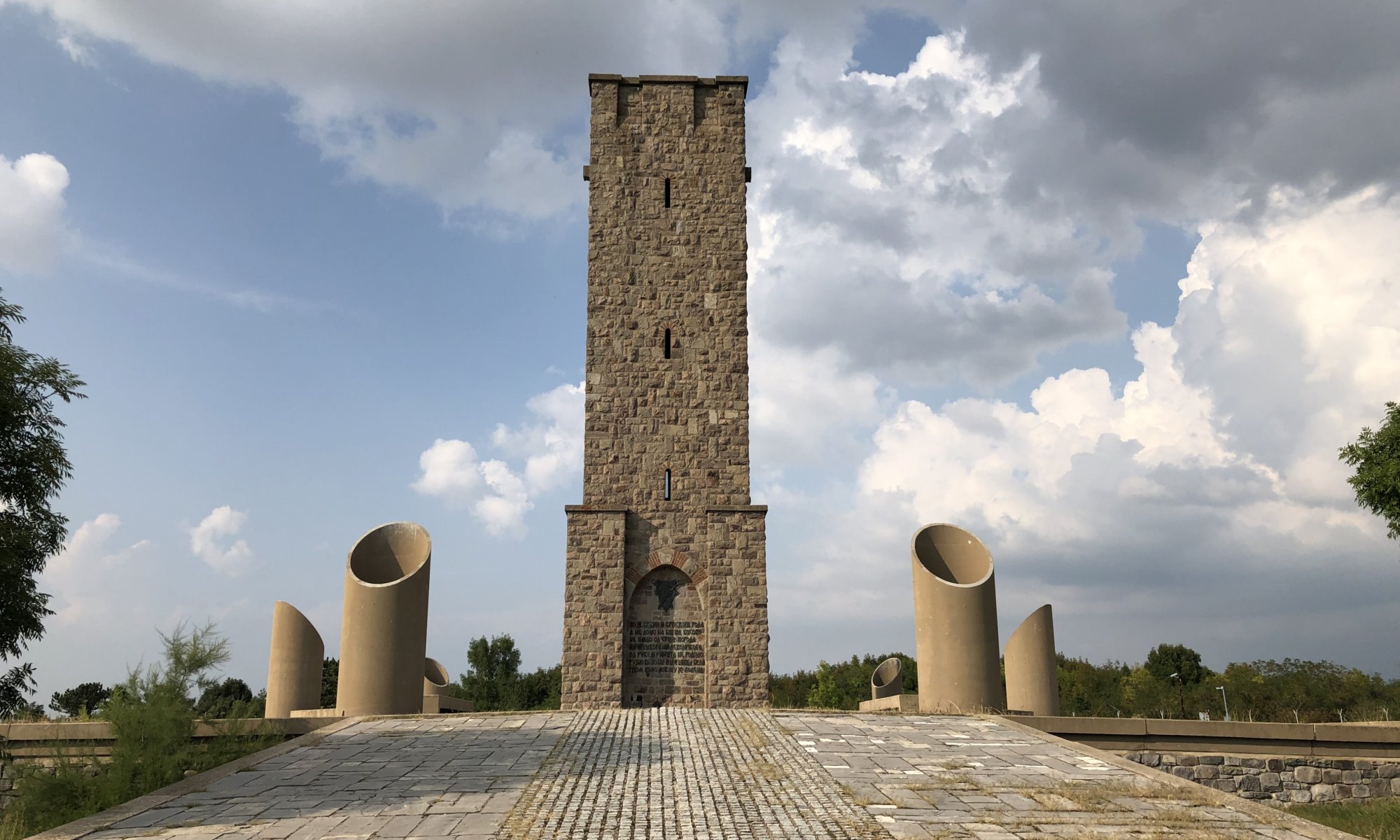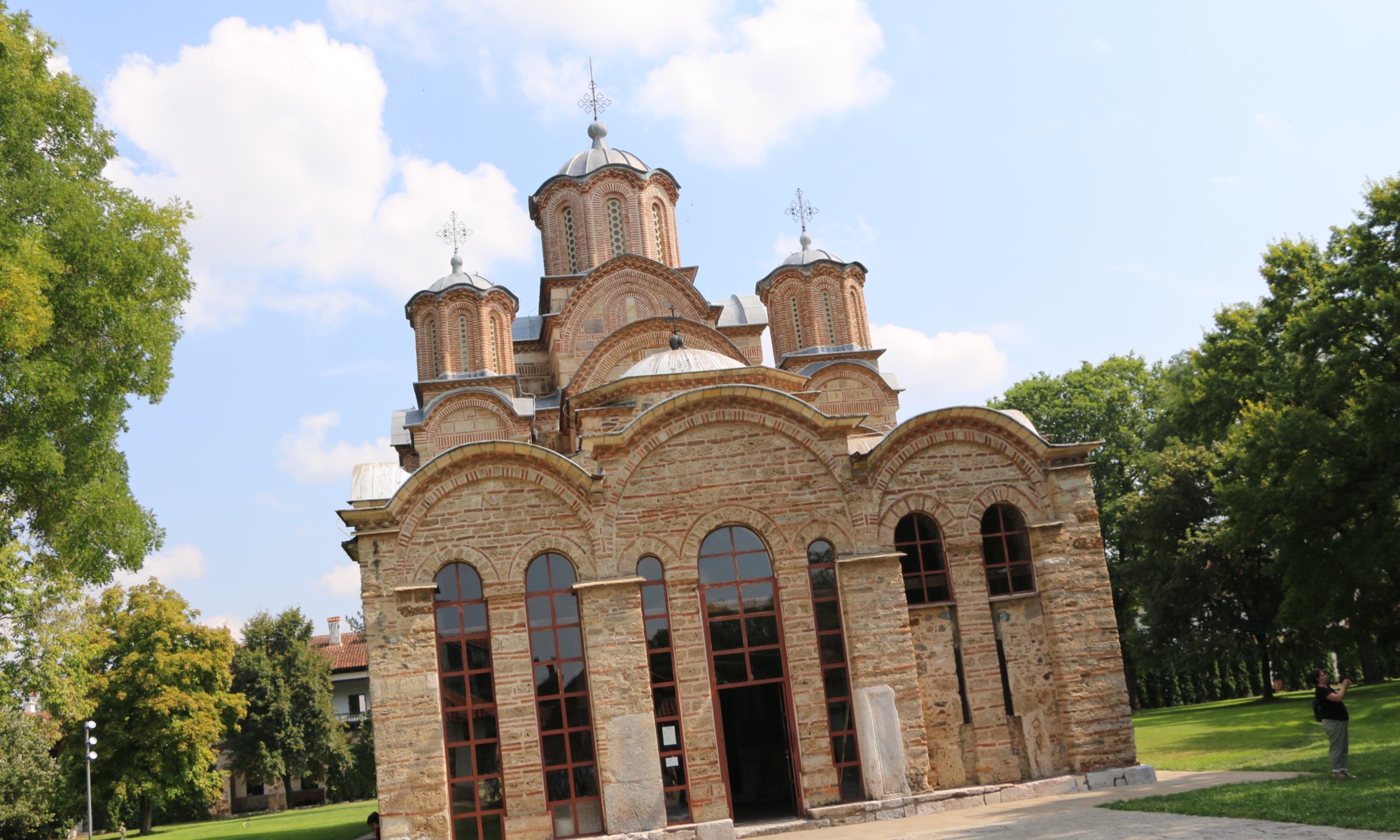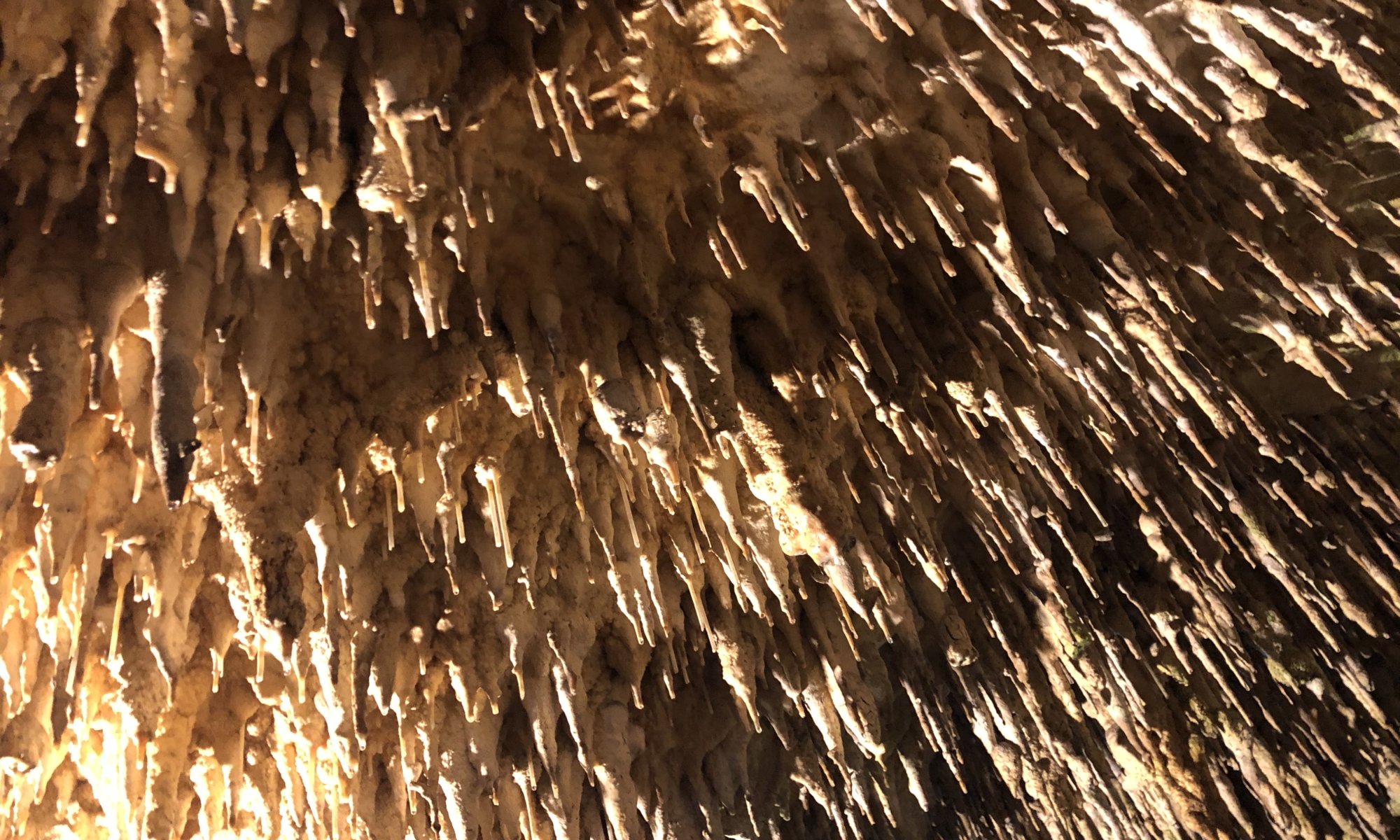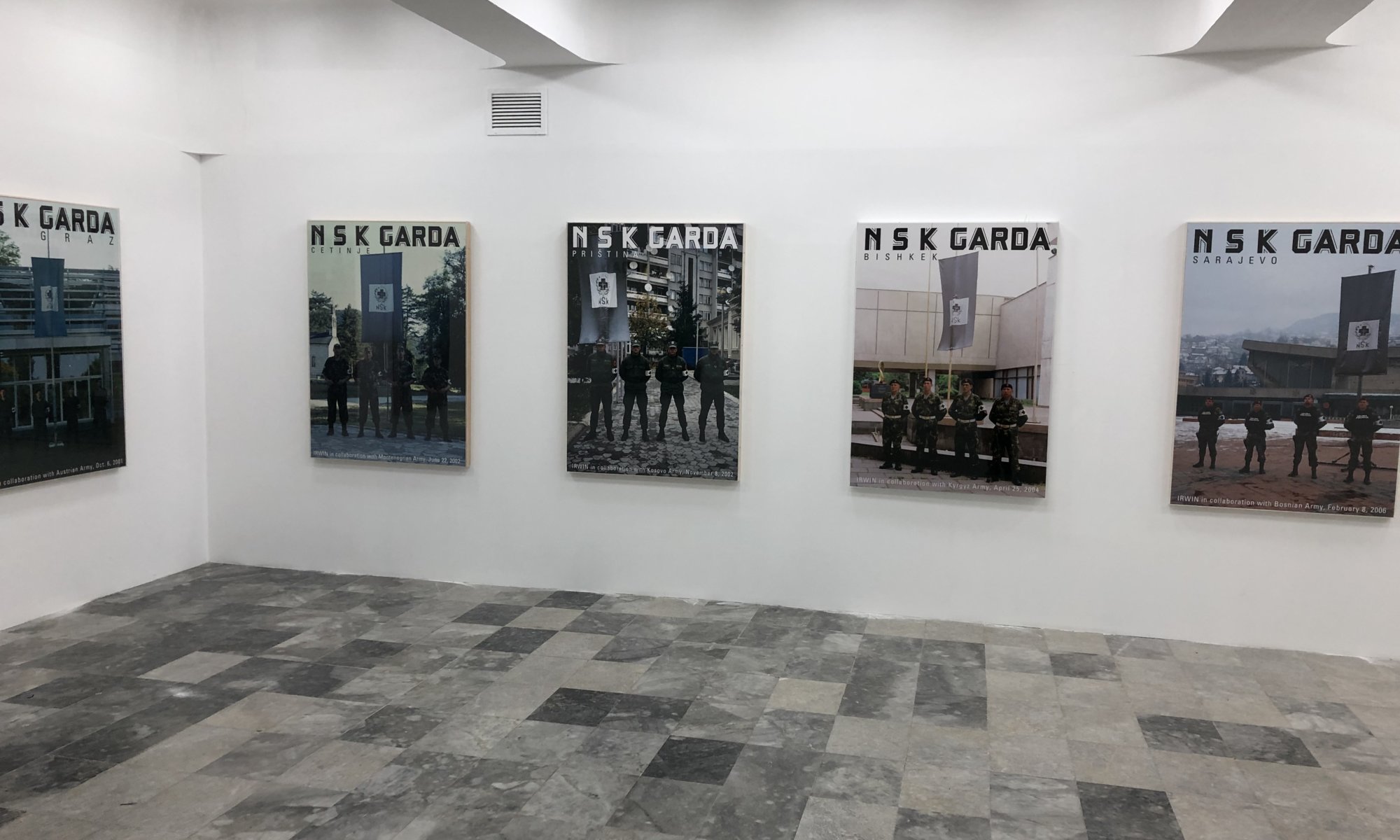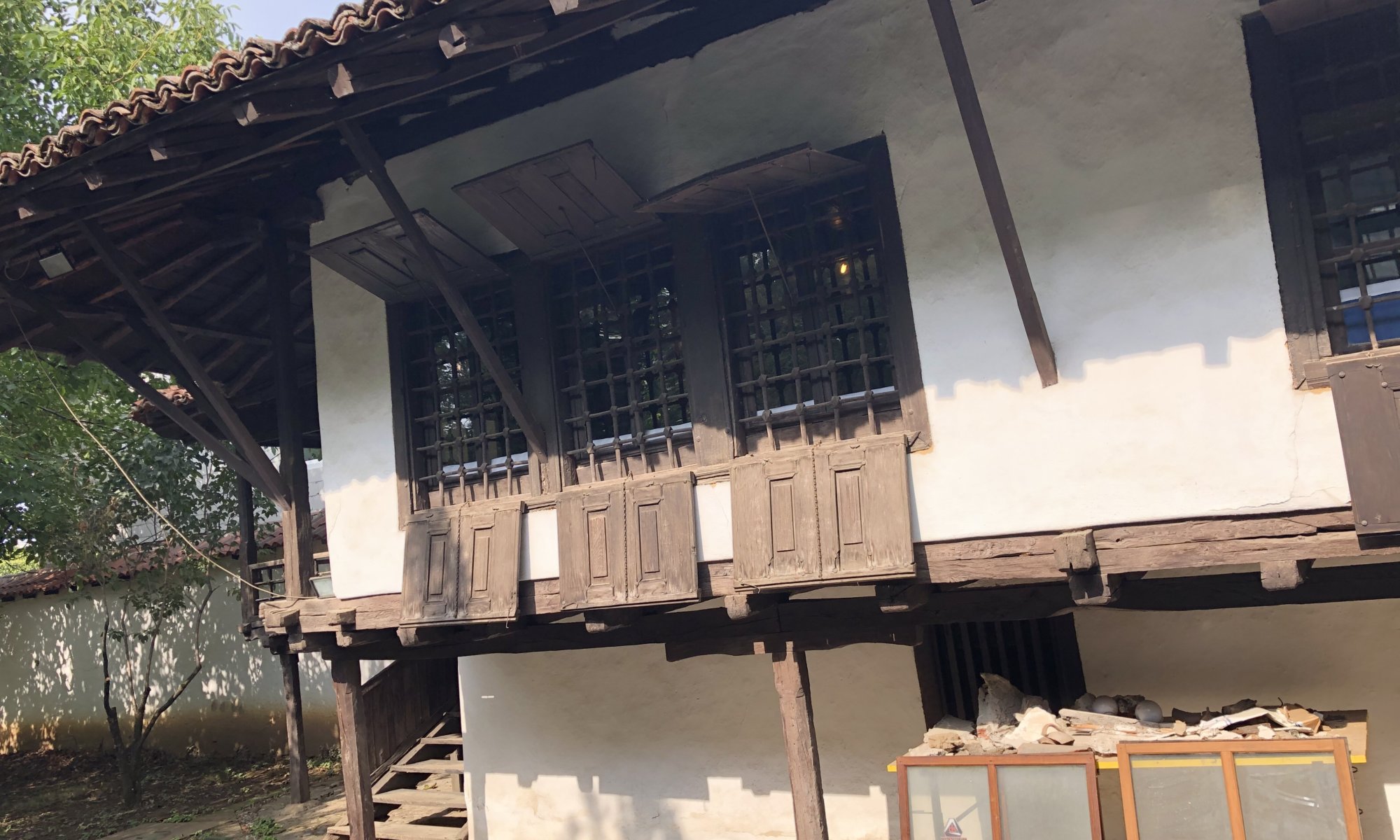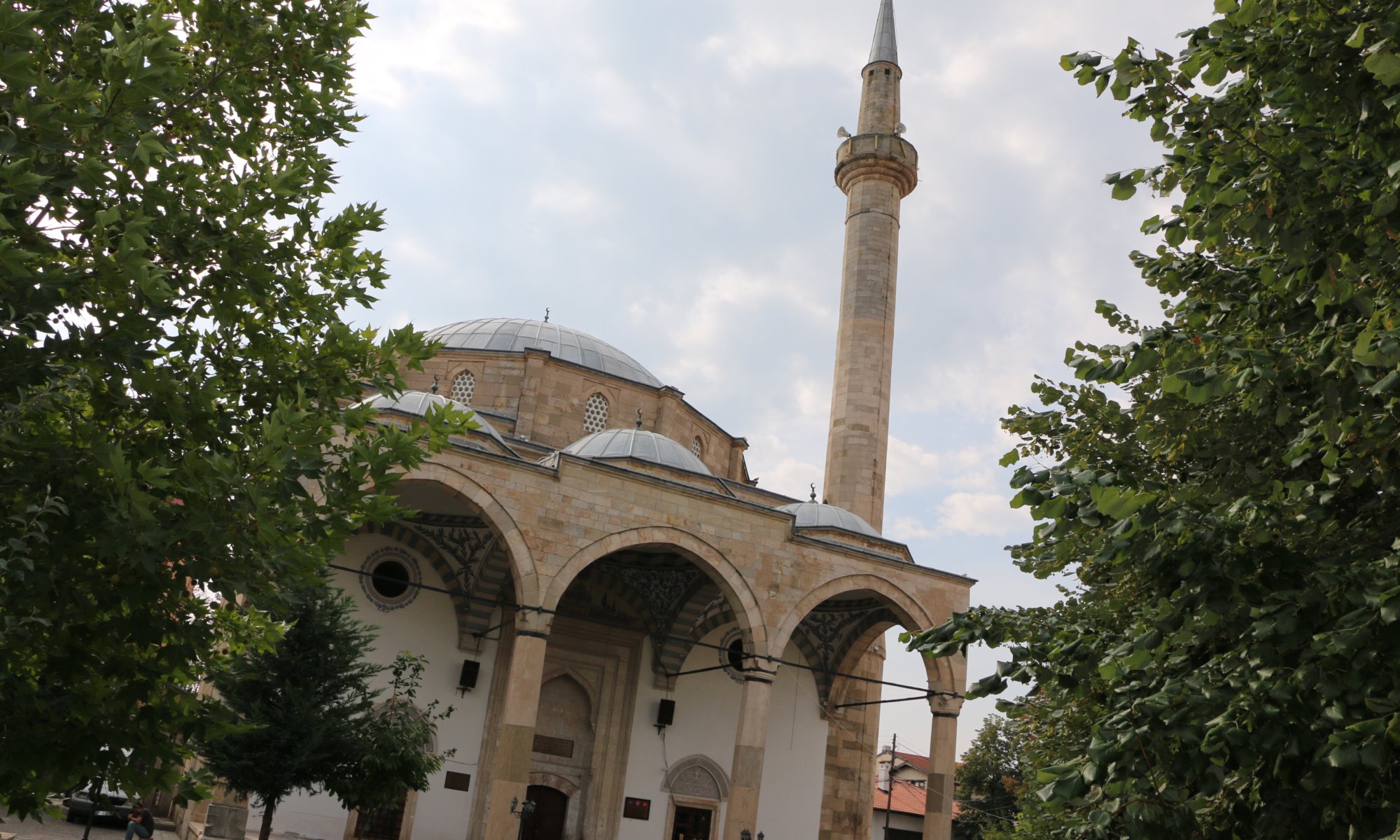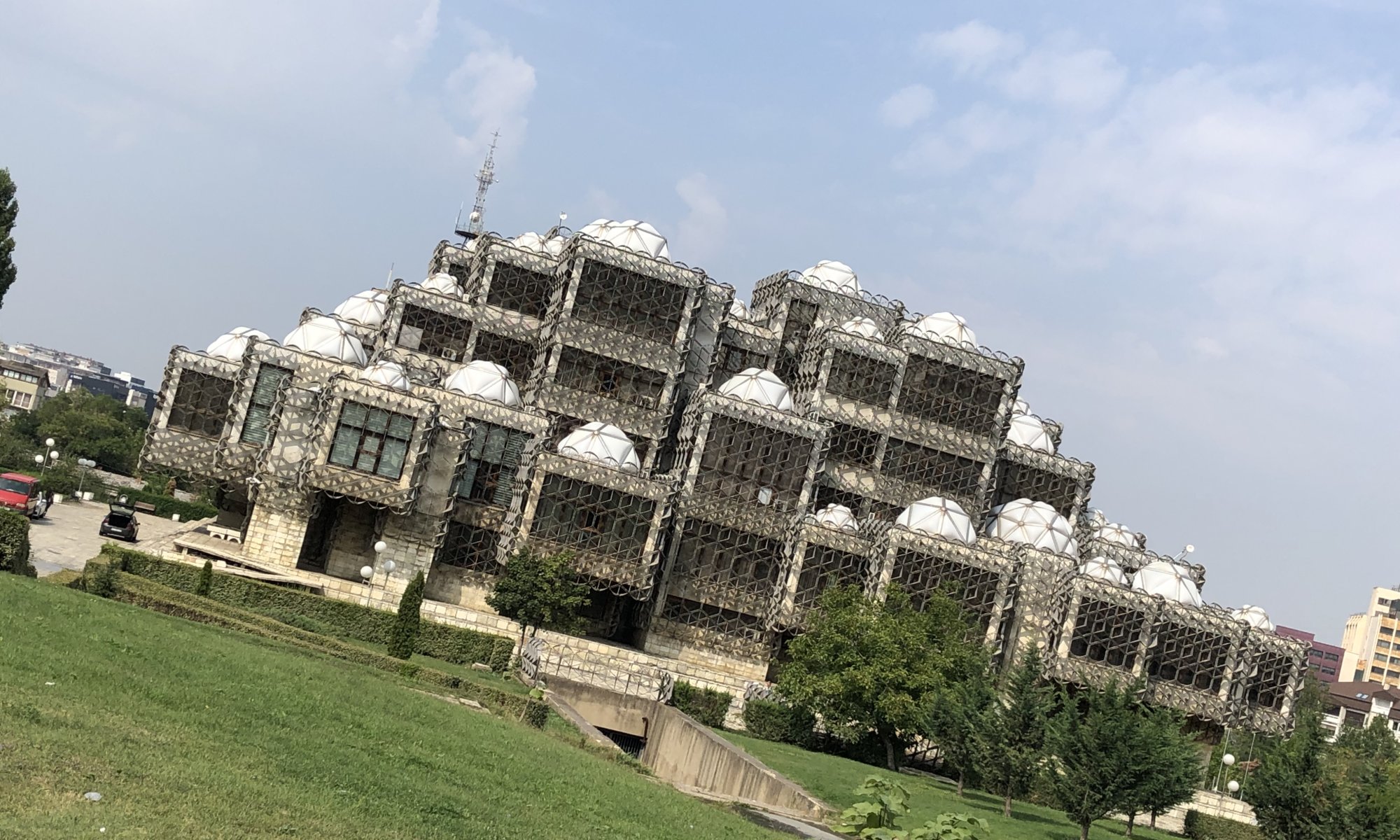If you want a bar with good views at Prishtinë, Kosovo you need to walk a little bit. Coming from the city center you’ll need to cross the railway tracks and walk up the hill towards the shiny new buildings and the KFOR camp ‘Film city‘ where once movies were produced. Inside the new Minimax shopping centre you can find the Priview bar. From their seats next to the large glass windows you can watch the lights of the capital city.
Continue reading “Priview bar”Bear sanctuary
Going to a place where bears are held in eastern Europe is normally no pleasure. They often live in old and shabby cages that are much too small and don’t provide a suitable environment for these beautiful animals. With the Bear sanctuary Prishtina at Novo sellë, Kosovo it is absolutely different. In Kosovo it was allowed for long time to have a bear as your personal animal. Most often they were held in small cages next to restaurants for the amusement of the visitors. When this law was fortunately changed the animal protection association Four paws offered to create a sanctuary in Kosovo.
Continue reading “Bear sanctuary”Battles and speeches
High fences, barbed wire, numerous CCTV cameras, dogs and guards. No sign is leading to this place, there are no other visitors, you are not allowed to take anything inside and you’ll have to hand over your passport to the guards. The Gazimestan monument near Prishtinë, Kosovo is a place you don’t want to be at. But if you want to understand the conflicts between Serbs and Albanians about the Kosovo Polje it is a key element. The medieval-shaped tower built in 1953 contains different nationalistic texts and is dedicated to an important fight in 1389.
Continue reading “Battles and speeches”Ancient monastery
When you arrive at Graçanicë, Kosovo you will see a vast area surrounded by old stone walls. It is the Manastiri i Graçanicës, a serbian-orthodox monastery and one of the most important sights in Kosovo. The cloister was founded in 1321 by serbian king Stefan Uroš II Milutin. In its center you will find a wonderful small church in byzantine style with five cupolas. As you might expect in case of orthodox church it is richly decorated in gold and the entrance area is covered with well-preserved beautiful frescos.
Continue reading “Ancient monastery”Flowstone cave
When local citizen Ahmet Diti was gathering rock for building his house in 1969 he found an opening in the mountains and after climbing in he saw endless stalagtites. The cave he discovered by this is the Shpella e Gadimës at Gadime e Poshtme, Kosovo. It has then been preserved, the floor covered in concrete and opened to visitors. On a 1400 meters long path you can now see how water has washed out this cave, see small lakes, stalagtites and stalagmites and dosh growing in artificial light.
Continue reading “Flowstone cave”National gallery
Every capital city in the world needs a national gallery – that’s also true for Prishtinë, Kosovo: the Galeria Kombëtare e Kosovës is located in a rather small building (which is very modern inside) which was built in 1935 as a barrack of the Yugoslavian army. The museum exists since 1976 and the building is now mostly used for changing exhibitions of contemporary local and international artists. Even if the state Kosovo is still young there is already a long history of regional artists.
Continue reading “National gallery”Museum of Kosovo
The Muzeu i Kosovës at Prishtinë, Kosovo is a must-see if your interested in the ancient or younger history of this region. It is located in a nice former military building from 1889 in Austro-Hungarian style in the old city center. The museum dates back to the year 1949 and has two floors: on the lower one you can see an archeological exhibition with the queen on the throne (Mbretëresha në fron) as a highlight – which dates back to the New Stone Age. The upper floor contains items of the Kosovo war.
Continue reading “Museum of Kosovo”Ethnological museum
The ethnologic museum of Pristhinë, Kosovo is a rather small collection that should be seen as a department of the Museum of Kosovo. It is located in two wonderful ancient buildings in the old city center. The buildings and the items displayed within give a good insight how people at the Kosovo were living at the beginning of the 19th century. You can see furniture, tools, clothing, musical instruments and personal weaponry of this time.
Continue reading “Ethnological museum”Osman mosques
Prishtinë, the capital city of Kosovo doesn’t have big mosque – even though 95 % of Kosovans are muslims. Therefore the believers use many small mosques throughout the city and in the old city center two beautiful Osman mosques can be found next to each other: the Xhamia e Madhe, the Xhamia e Jashar Pashës and the Xhamia e Çarshisë. When you’re visiting the Kosovo museum or the ethnologic museum take your time to stop there.
Continue reading “Osman mosques”National library
The Biblioteka Kombëtare e Kosovës ‘Pjetër Bogdani’ (BKK) at Pristhinë, Kosovo is maybe the most impressive building of the city. It is the largest library of the Kosovo and was founded at Prizren in 1944. It moved to the new building located at the university area near the city center of Pristhinë in 1982. The building was designed by Andrija Mutnjaković, is decorated with numerous steel elements and has 99 cupolas.
Continue reading “National library”